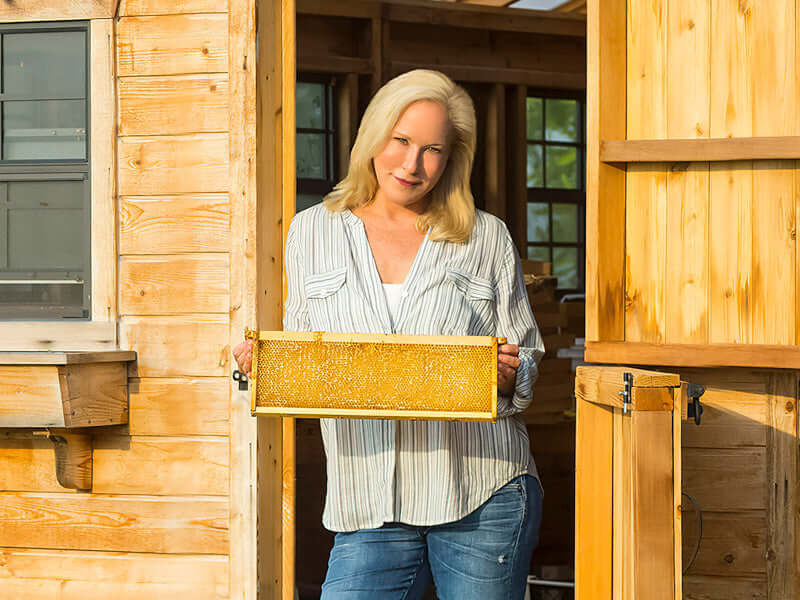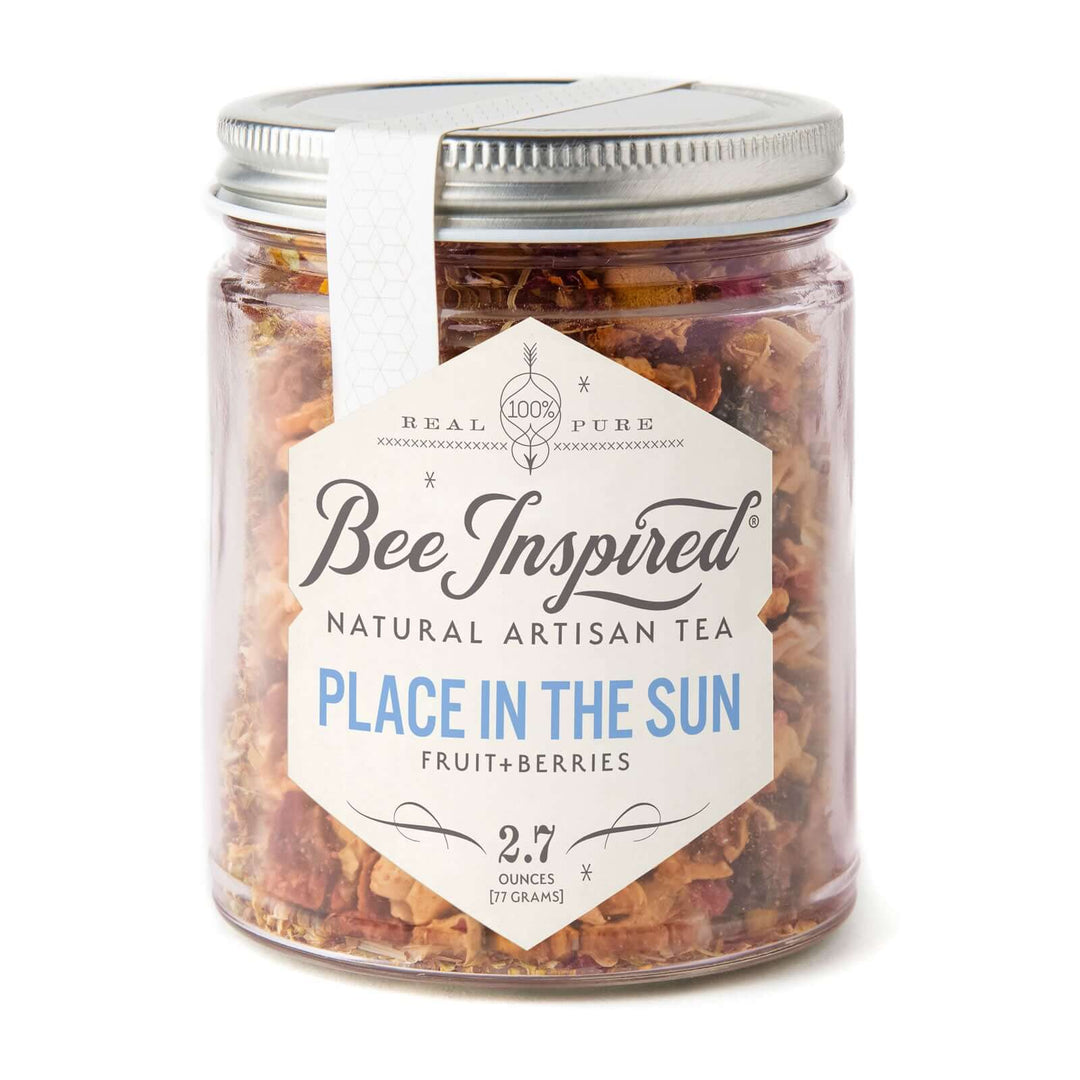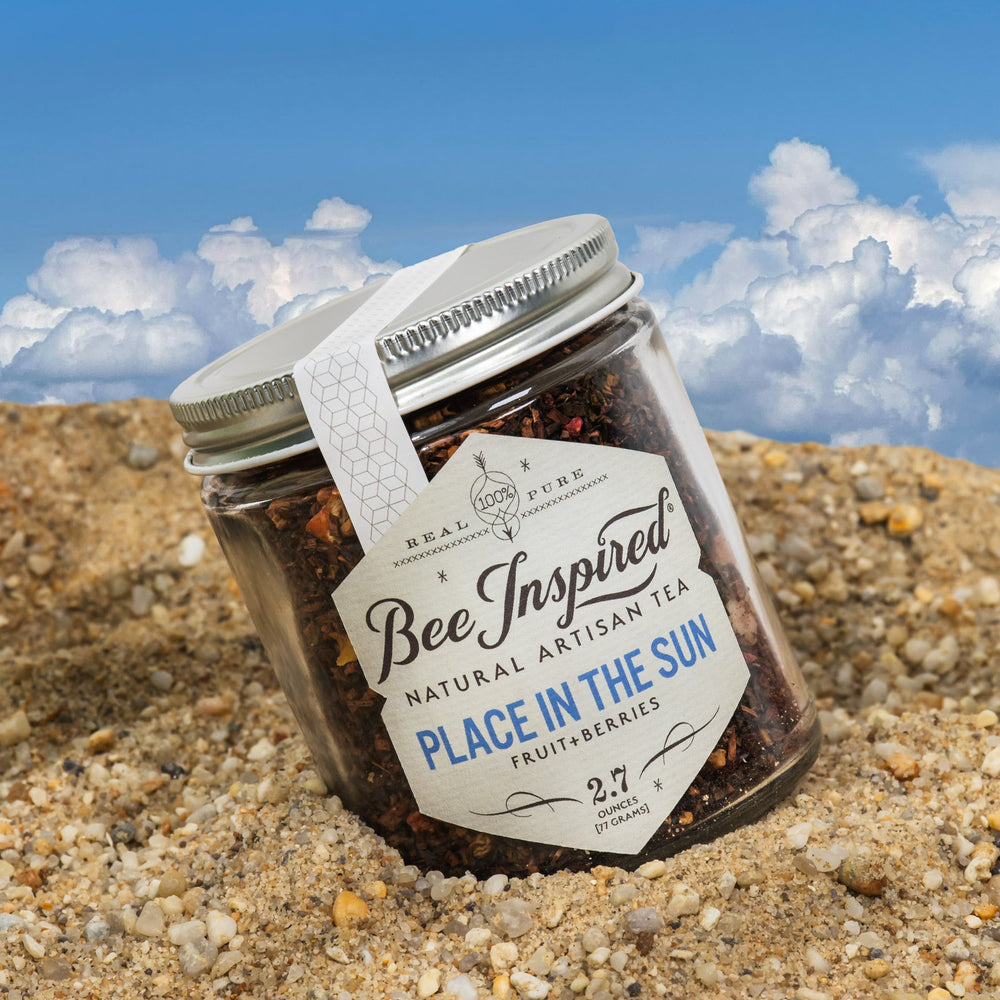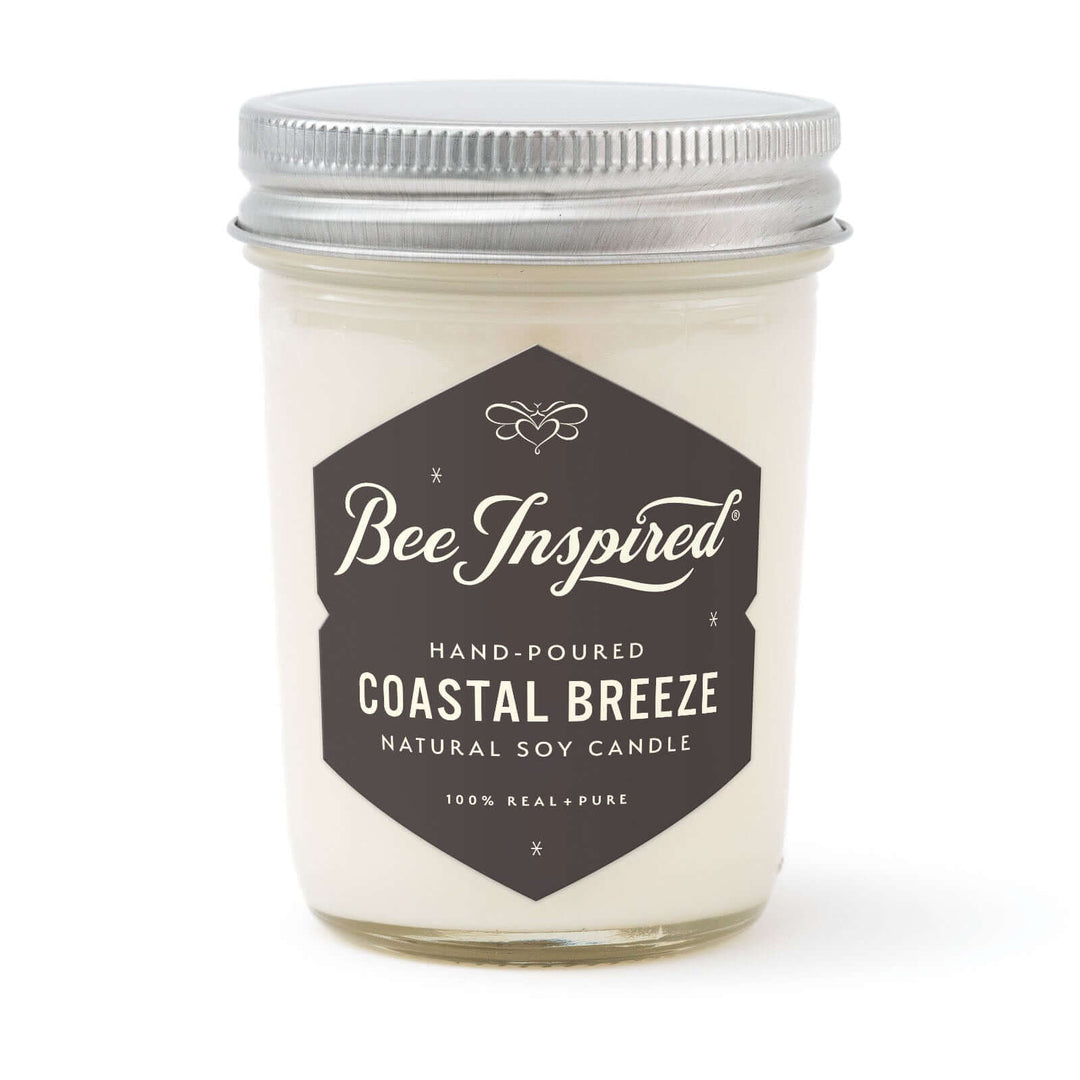Why do we celebrate Saint Valentine's Day? This holiday began with ancient Roman and early Christian traditions. Originally a day to honor St. Valentine, who defied a marriage ban, it’s now a celebration of love. Explore the historical changes that shaped Valentine’s Day as we know it.
These Chocolate Covered Strawberries are a classic Valentine's Day Dessert!
Why is Valentine's Day Celebrated?
Valentine’s Day has roots in ancient Roman festivals like Lupercalia, which focused on fertility and matchmaking before evolving into a Christian holiday honoring Saint Valentine.
Saint Valentine is celebrated for his secret marriages, defying Emperor Claudius II’s ban on them, symbolizing love and sacrifice despite the existence of multiple saints with the same name. The celebration coincides with St. Valentine's feast day in February, marking the Christian church's efforts to Christianize the pagan festival of Lupercalia.
Over centuries, Valentine’s Day transformed from a religious feast to a commercialized celebration of love featuring symbols like Cupid and red roses, with traditions evolving to include alternatives like Galentine’s Day.

Give your girlfriends a Girlfriend Gift for Galentine's Day!
The Origins of Valentine's Day
The origins of Valentine’s Day are deeply rooted in ancient Roman traditions and early Christian influences. One of the key precursors to Valentine’s Day was the Roman festival of Lupercalia, a raucous celebration held from February 13 to 15. This festival honored fertility gods and included various rituals aimed at promoting health and fertility. Valentine’s Day evolved significantly over time, incorporating elements from both pagan rituals and Christian traditions.
Saint Valentine lived in the third century and was known for defying Emperor Claudius II's law prohibiting marriage for soldiers by performing secret marriages. To grasp the history of Valentine’s Day, it’s key to examine how Lupercalia’s focus on fertility and matchmaking paved the way for a celebration centered on love and romance. The shift from a pagan festival to a Christian holiday initiated this transformation.
Lupercalia: The Pagan Festival
Lupercalia was an ancient Roman festival celebrated from February 13 to 15, dedicated to the fertility god Faunus and the legendary founders of Rome, Romulus and Remus. The festival was known for its wild and raucous nature, featuring a series of rituals and activities designed to promote fertility and health. One of the most notable rituals involved young men sacrificing a goat and a dog, and then using the goat’s hide to whip women, believing it would increase their fertility.
Another intriguing aspect of Lupercalia was the matchmaking lottery. During the festival, young women would place their names in an urn, and bachelors would draw names at random, pairing off for the duration of the festival. This practice combined themes of fertility, matchmaking, and revelry, reflecting the values of ancient Roman society regarding love and procreation.
The themes of fertility and matchmaking in Lupercalia played a crucial role in shaping Valentine’s Day into a romantic celebration. These elements of love and partnership were instrumental in forming the holiday as we recognize it today.
Christianization of Lupercalia
In the 5th century, Pope Gelasius I initiated the transformation of Lupercalia into Valentine’s feast day by establishing the Feast of St. Valentine on February 14, supplanting the pagan festival. This change shifted the focus from pagan rituals to Christian values, marking the start of the modern Valentine’s Day.
Pope Gelasius’s ban on the Lupercalia festival ensured that Saint Valentine’s Day would serve as a Christian celebration. As the holiday evolved, it began to incorporate elements of love and romance, maintaining its link to Saint Valentine’s legacy. This Christianization was key in transforming a wild pagan festival into a day for love and affection.

Dark Chocolate Dipped Honey Lollipops are the perfect Valentine's Day treat
Who Was Saint Valentine?
Saint Valentine, the figure behind the holiday, was a compassionate clergyman in the Roman Empire known for his defiance of unjust laws. Living in the third century, he secretly performed marriages for young lovers, opposing Emperor Claudius II’s ban on marriage for soldiers, who believed single men made better soldiers. His courageous acts led to his arrest and eventual martyrdom, securing his legacy as a patron saint of love and sacrifice.
Although the tale of Saint Valentine is steeped in legend and lacks concrete historical evidence, it remains central to Valentine’s Day history. His dedication to love and defiance of oppressive laws have immortalized him as a cherished figure celebrated for his bravery and commitment to romantic unions.
The Martyrdom of Saint Valentine
One of the most enduring legends about Saint Valentine is his defiance of Emperor Claudius II. He performed secret marriages for young lovers, believing in love and the significance of marital unions. While imprisoned, he fell in love with a young girl, possibly his jailor’s daughter. His actions were discovered, leading to his execution on February 14.
The story of Saint Valentine’s martyrdom is a cornerstone of the holiday, symbolizing the ultimate sacrifice for love. Despite the mysteries surrounding his life and death, his legacy as a champion of love and marriage endures, inspiring people to celebrate love on his feast day.
Multiple Saint Valentines
The existence of multiple saints named Valentine recognized by the Catholic Church complicates the figure of Saint Valentine. At least three different individuals named Valentine were martyred, adding to the holiday’s mystique. Nevertheless, the story of the Valentine who performed secret marriages and was executed for his defiance remains the most enduring.
The multiple Saint Valentines contribute to the rich tapestry of legends that form Valentine’s Day history. Each version emphasizes themes of love, sacrifice, and devotion, reinforcing the holiday’s association with romantic love and selflessness.

Want a new take on Valentine chocolates? Our Haute Cocoa Body Butter is perfect!
How Valentine's Day Became Associated with Love
The association of Valentine’s Day with romantic love began in the Medieval period. Initially a religious feast day, it gradually evolved into a celebration of romantic love by the 14th and 15th centuries, coinciding with the rise of courtly love, which emphasized chivalry and passionate, secretive romantic relationships.
The writings of Geoffrey Chaucer and William Shakespeare significantly popularized Valentine’s Day as a day for romantic expressions. Chaucer’s ‘Parliament of Fowles’ and Shakespeare’s references to Valentine’s Day in his plays embedded the holiday into the cultural consciousness as a celebration of love and romance. Additionally, the 18th-century publication 'Young Man's Valentine Writer' played a crucial role in popularizing romantic traditions, further shaping the modern understanding of valentines and partnership.
Medieval Courtly Love
The concept of courtly love that emerged during the Middle Ages significantly shaped the romantic elements associated with Valentine’s Day. Courtly love depicted an idealized form of romantic love, often involving noble knights and ladies engaging in secret, passionate relationships. This notion of love was characterized by chivalry, devotion, and the pursuit of unattainable romantic ideals.
Courtly love’s influence is evident in how Valentine’s Day evolved to emphasize romantic gestures and expressions of affection. Themes of loyalty, admiration, and the celebration of love in courtly love literature resonated with emerging Valentine’s Day traditions, cementing its place as a day for romantic love.
Chaucer and Shakespeare's Contributions
Geoffrey Chaucer’s 1382 work ‘Parliament of Fowles’ is often credited with establishing Valentine’s Day as a key date for romantic expressions. In this poem, Chaucer depicts a conference of birds choosing their mates, reflecting themes of love and courtship. This literary connection between Valentine’s Day and romantic love helped popularize the holiday as a day for lovers.
William Shakespeare further romanticized Valentine’s Day through his plays and sonnets. His references to the holiday in works like ‘Hamlet’ and ‘A Midsummer Night’s Dream’ reinforced the association between Valentine’s Day and romantic love. Shakespeare’s influence helped solidify Valentine’s Day as a cultural celebration of love and affection.

Show your honey some love with our Tasting Tower, featuring 5 varietals of raw honey
The Evolution of Valentine's Day Traditions
Valentine’s Day traditions have evolved significantly over the centuries, with various customs and practices emerging to celebrate love. Initially, Valentine’s Day involved exchanging handwritten notes and tokens of affection. These early expressions of love set the stage for more elaborate Valentine’s Day traditions.
With increasing commercialization, the exchange of gifts like flowers, chocolates, and jewelry became common. This transformation has turned Valentine’s Day into a major economic event, with people spending significant amounts on gifts and experiences to celebrate their love.
Early Valentine's Day Cards
The tradition of exchanging Valentine’s Day cards dates back to the early 1400s when written Valentine’s greetings began to appear. These early cards were often handmade and personalized, serving as heartfelt expressions of affection, much like the paper valentines we see today. By the 18th century, the book ‘The Young Man’s Valentine Writer’ provided guidance on crafting romantic messages, further popularizing the practice.
The mass production of Valentine’s Day cards began in the early 1900s, driven by advancements in printing technology and reduced postage costs. Hallmark played a significant role in this commercialization, starting mass production of Valentine’s cards in 1913. This shift from handmade to printed cards marked the start of Valentine’s Day as a commercial holiday.
Commercialization and Mass Production
The commercialization of Valentine’s Day was propelled by figures like Esther A. Howland, who began mass producing valentines in the U.S. during the 1840s. The Industrial Revolution and advancements in printing technology made it possible to produce large quantities of Valentine’s cards, making them more accessible to the public.
Today, Valentine’s Day is the second largest card-sending occasion in the U.S., with approximately 145 million cards sent annually. It has become a major business, with companies capitalizing on the demand for Valentine’s Day cards, gifts, and experiences. This commercialization has cemented Valentine’s Day as a significant cultural and economic event.

The Chocolate Covered Strawberry Set is a unique way to nourish your Valentine's skin
Symbols of Valentine's Day
Valentine’s Day is filled with symbols that represent love and romance, with Cupid and red roses being among the most iconic. Cupid, the mischievous god of desire, is often depicted as a winged youth with a bow and arrows. His association with love and desire dates back to ancient Roman mythology, where he was celebrated as the son of Venus, the goddess of love, and Mars, the god of war.
Red roses, another enduring symbol of Valentine’s Day, are recognized worldwide as representations of deep love and passion. The tradition of giving red roses on Valentine’s Day can be traced back to their historical associations with romance and passion, making them a popular choice for expressing love.
Cupid: From Greek Mythology to Valentine's Icon
In Roman mythology, Cupid is the son of Venus, the goddess of love, and Mars, the god of war. Known as the god of desire, Cupid is often depicted as a playful, winged youth armed with a bow and arrows. His arrows were said to cause uncontrollable love and desire in those they struck, making him an apt symbol for Valentine’s Day.
Cupid’s prominence in Valentine’s Day began during the 14th and 15th centuries, as the holiday started to emphasize romantic love. His image as a mischievous yet endearing god of love has endured, making Cupid one of the most recognizable symbols of Valentine’s Day.
The Significance of Red Roses
Red roses have long been associated with love and passion, making them a quintessential Valentine’s Day gift. The tradition of giving red roses on Valentine’s Day can be traced back to their historical associations with romantic love. In many cultures, red roses symbolize deep emotions and affection, perfectly representing the sentiments celebrated on Valentine’s Day.
Each year, approximately 250 million roses are produced for Valentine’s Day, highlighting their enduring popularity and significance. Whether given as a single stem or in a lavish bouquet, red roses continue to be a powerful symbol of love and devotion on Valentine’s Day.

Does your Valentine love the scent of fresh baked brownies? Gift them our Haute Cocoa Soy Candle! Make it even more special with the Haute Cocoa Luxe Soy Candle.
Modern Celebrations of Valentine's Day
Today, people celebrate Valentine's Day in various ways around the world, with traditions evolving to include both romantic and alternative celebrations. Common activities now associated with Valentine’s Day include exchanging gifts, making dinner reservations, and spending quality time with loved ones. The holiday has become a significant cultural and commercial event, with people spending substantial amounts on gifts and experiences to express their affection.
In addition to romantic celebrations, newer trends like Galentine’s Day have emerged, focusing on celebrating friendships rather than romantic relationships. Popularized by Amy Poehler’s character Leslie Knope in the TV show “Parks and Recreation,” Galentine’s Day is celebrated on February 13 and has become popular as a day to honor friendships.
Traditional Celebrations
Traditional celebrations of Valentine’s Day often involve couples exchanging gifts such as flowers, chocolates, and jewelry. These tokens of affection are meant to express love and appreciation, with spending on Valentine’s Day gifts reaching significant amounts worldwide. Many couples also celebrate with romantic dinners or getaways, making reservations at restaurants or planning special trips to mark the occasion. People celebrate Valentine’s Day in various ways, reflecting their unique traditions and preferences.
Valentine’s Day has become an opportunity for couples to reconnect and celebrate their relationship, reinforcing the holiday’s focus on love and romance. The exchange of heartfelt gifts and experiences helps to strengthen bonds and create lasting memories.
Alternative Celebrations
In addition to traditional romantic celebrations, alternative ways to celebrate Valentine’s Day have gained popularity. One such trend is Galentine’s Day, celebrated on February 13, which focuses on honoring friendships rather than romantic relationships. This celebration has become particularly popular among women, who use the day to gather with friends and celebrate their bonds.
Other alternative celebrations include spending the day with family members, co-workers, or even engaging in self-care activities. These non-traditional celebrations highlight the versatility of Valentine’s Day as a holiday that can be customized to fit individual preferences and relationships.

Nourish your partner's lips with Natural Honey Lip Tints. Purchase a Lip Tint Bundle and receive a free Honey Lip Balm for a limited time.
Celebrate Love
Valentine’s Day has a rich and varied history, evolving from ancient Roman rituals to a modern celebration of romantic love. The holiday’s transformation from the pagan festival of Lupercalia to the Christian Feast of Saint Valentine illustrates the blending of cultural and religious influences over time. The legends of Saint Valentine, the rise of courtly love, and the contributions of literary figures like Chaucer and Shakespeare have all played a role in shaping Valentine’s Day as we know it today.
Modern Valentine’s Day celebrations continue to evolve, incorporating both traditional and alternative ways to honor love and relationships. Whether through the exchange of gifts, romantic dinners, or celebrating friendships and self-love, Valentine’s Day remains a significant cultural event that emphasizes the importance of love and connection. As we celebrate, we are reminded of the enduring power of love and the many ways it can be expressed.

The Experience Love Set is the ultimate Valentine's Day gift
Frequently Asked Questions
What is the origin of Valentine's Day?
St. Valentine's Day has its roots in the ancient Roman festival of Lupercalia and was later established as a Christian holiday by Pope Gelasius I in the 5th century. It’s fascinating how this day has evolved over time!
Who was Saint Valentine?
Saint Valentine was a clergyman in ancient Rome who secretly married couples against Emperor Claudius II's orders and was ultimately martyred for it. His legacy lives on as a symbol of love and sacrifice.
How did Valentine's Day become associated with love?
Valentine's Day became associated with love during the Middle Ages, mainly through the idea of courtly love, and was popularized by literary figures like Chaucer and Shakespeare. So, it's really a blend of history and literature that shaped our celebration of romance today.
What are some traditional Valentine's Day gifts?
If you're looking for traditional Valentine's Day gifts, you can't go wrong with red roses, chocolates, jewelry, and heartfelt cards. These timeless options are sure to make your loved one feel special!
What is Galentine's Day?
Galentine's Day, celebrated on February 13, is all about honoring friendships, especially among women, and it gained popularity from the show "Parks and Recreation." It's a perfect excuse to celebrate your besties!












